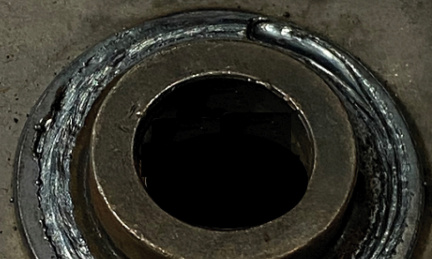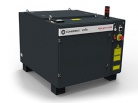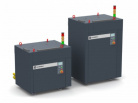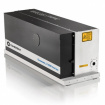Car seats are becoming more and more complex. Manufacturers are trying to find the ideal balance between the overall weight of the seat (which affects fuel consumption) and crashworthiness to ensure passenger safety. To accommodate these conflicting requirements, seat designs of three to five layers of steel are commonly used. In order to reduce the thickness and weight of such an assembly, high strength steel (HSS) is often used.
Welding these multi-layer structures is not without significant challenges. The first is maintaining a consistent weld when welding components of different shapes. The second is the formation of melt spatter, which subsequently needs to be plugged. At the same time, HSS high strength steel is susceptible to abrupt temperature changes, where there is a risk of cracking. Typically this can happen when rapid cooling occurs after exposure to the high laser power required for welding thick assemblies.
 Process:
Process:
ACoherent HighLight FL-ARM fiber laser with a 100 μm/290 μm (center/ring) optical fiber was focused on the work surface at 3x magnification. This was achieved using a II-VI RLSK laser processing head that is remotely controlled. The laser power was 1800 W/5000 W (center beam/ring beam). The welding speed was tailored for optimum results and averaged from 6.3 m/min (for the thickest assemblies) to 8.8 m/min (for the thinnest). The tests were conducted in conjunction with II-VI HighYAG applications at the Detroit laboratory.
Results:
The resulting breakthrough was highly consistent due to two features of the HighLight FL-ARM fiber laser - closed-loop power control and bounce-back resistance. In addition, crack-free HSS welds were achieved using a special weld termination recipe. Specifically, this process consisted of gradually reducing the power separately in the center and ring beam at the end of the weld. This process significantly reduces the temperature gradient that occurs with the gradual cooling of the parts and causes stress cracks. The ability of the FL-ARM laser to spread the energy over a large area while minimizing the temperature drop allows it to produce a more stable melt, which virtually eliminates spatter in these tests.




